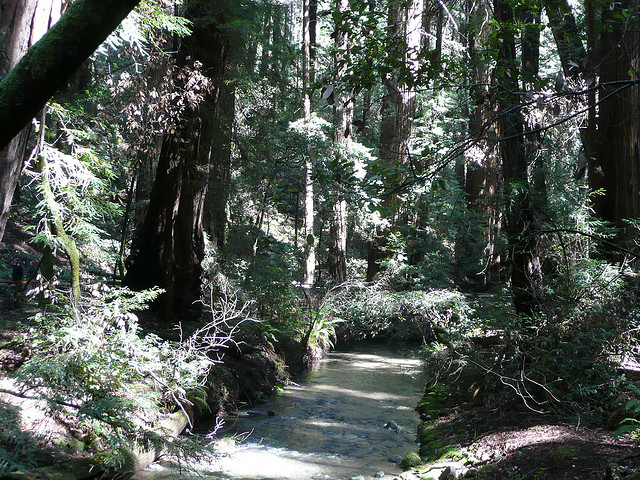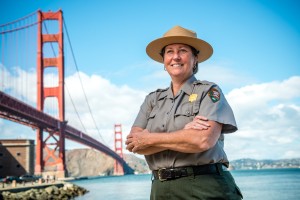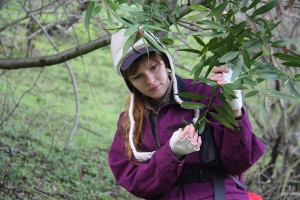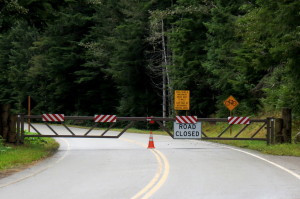Head out to one of the Bay Area’s national parks this summer and, whether you notice it or not, those parks will be suffering from the Washington deficit debacle.
The $85.4 billion sequester, as it’s called, erased 5.1 percent off the top of park budgets, which translates into fewer staff, reduced hours, less maintenance, and delayed projects this summer, said parks officials in the Bay Area. So don’t expect pristine bathrooms, or a visitor’s center to necessarily be open, or a ranger to be on hand to answer your wildlife questions.

“You can best characterize it as a reduced level of programs, service and maintenance in the park,” said Howard Levitt, director of communications for the Golden Gate National Recreation Area. “It’s going to be a war of attrition rather than a big, dramatic overnight effect. It’s more insidious than that.”
The national park cutbacks come a year after the California state parks system faced its own crisis with threatened closures and diminishing funds. Nationwide, the Department of Interior is planning to shutter 128 of the country’s 561 national wildlife refuges, in addition to an overall reduction in services.
The GGNRA plans to shave $1.3 million from its budget this summer, pending final approval, by leaving 30 permanent positions vacant and not filling 10-15 seasonal positions (roughly 12 percent of its total staff). School programs at Muir Woods National Monument will likely be cut, and the parks department is considering closing off some areas, such as shutting the gates to the parking lots of some beaches for several days a week to concentrate staff there on the weekends, Levitt said.
“Habitat restoration work in some areas will be delayed because we don’t have the full team in place to complete the reviews in a timely way, so things will get bumped back as well,” Levitt added.
At John Muir National Historic Site in Martinez, opening days will likely be reduced from seven to five because the park is losing two interpreters.
“Not being able to fill those positions is having a significant impact on us,” said Tom Leatherman, the superintendent of John Muir NHS. “We’re probably going to close on Mondays and Tuesdays.”
Only a year and a half ago, John Muir NHS got extra money to move to a seven-day schedule and remodel its visitors center, which welcomes 35,000 people a year who want to see homestead of the famous naturalist and so-called “Father of the National Parks.”
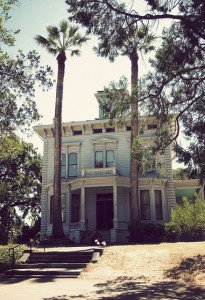
Like the rest of the national park system, the park honoring Muir’s legacy is in trouble.
“One of the big programs we have is the programs for school kids,” Leatherman said. “And with the exception of the summer, being closed two days out of five will have a significant impact. We’re booked every day during the school year.”
John Muir NHS shares management and a $3.1 million budget with three other parks. Eugene O’Neill National Historic Site, Port Chicago Naval Magazine National Memorial and Rosie the Riveter/World War II Home Front National Historic Park. Of those, Eugene O’Neill NHS will also likely scale back to five days a week. The budget cuts happen to impact John Muir and Eugene O’Neill harder because there were vacancies in those parks that cannot now be filled, by Washington directive.
Point Reyes National Seashore is looking to cut hours and opening days at its visitors centers, and the Point Reyes Lighthouse will be gated three days a week, pending final approval.
“People could still see the lighthouse from the observation at the top, but they couldn’t access it,” said John Dell’Osso, chief of interpretation at Point Reyes.
The Ken Patrick Visitors Center at Drakes Beach would be shuttered altogether, and the Bear Valley Visitors Center could drop a day. That’s all to save $374,000 from Point Reyes’ $7 million budget.
The budget cuts have hit Point Reyes’ interpretive staff particularly hard because it can’t fill seasonal employees.
“We’re the ones interacting with the public. Sometimes it’s the one interaction people have from a uniformed employee of the park system,” Dell’Osso said. “It’s one thing if a trail isn’t brushed as regularly, not to downplay that, but you’re still going to be able to hike on it. Rather, a visitors center that’s going to be closed, that’s going to be a little more noticeable”
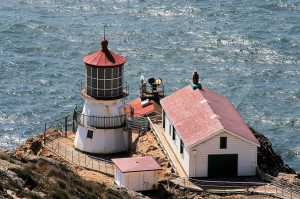
The park officials say they expect approvals for the cuts to go through in the late spring, in time for the summer travel season. If a solution in Washington doesn’t appear by September 30, the start of the next fiscal year, deeper cuts are expected.
“We’re entirely dependent on Congress for funding decisions, so we have to wait and see how all the budget discussions are completed and we will be affected by those outcomes,” said Levitt of the GGNRA.
Parks staff is waiting with bated breath.
“You can characterize the situation in the National Park Service as an incredible period of uncertainty,” said Levitt. “It’s difficult to move things forward when things are so uncertain.”
Alison Hawkes is the online editor for Bay Nature.

